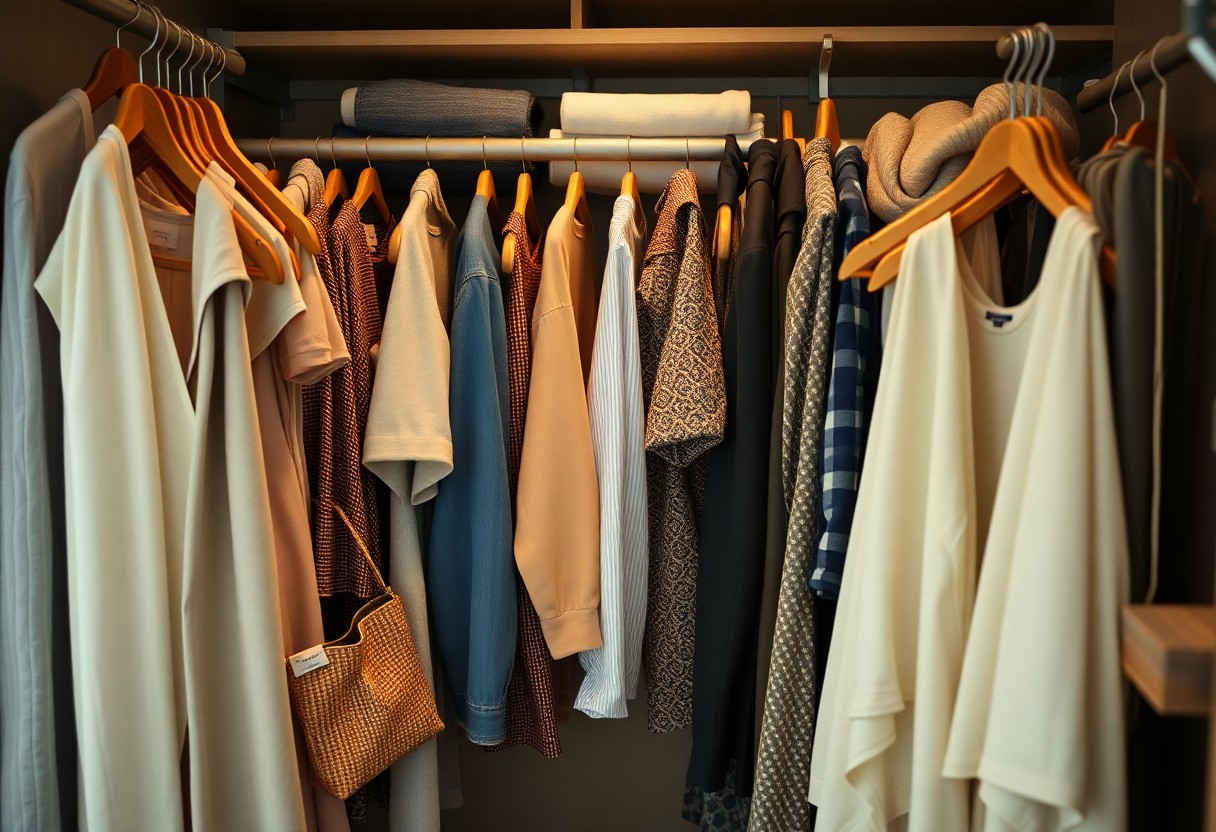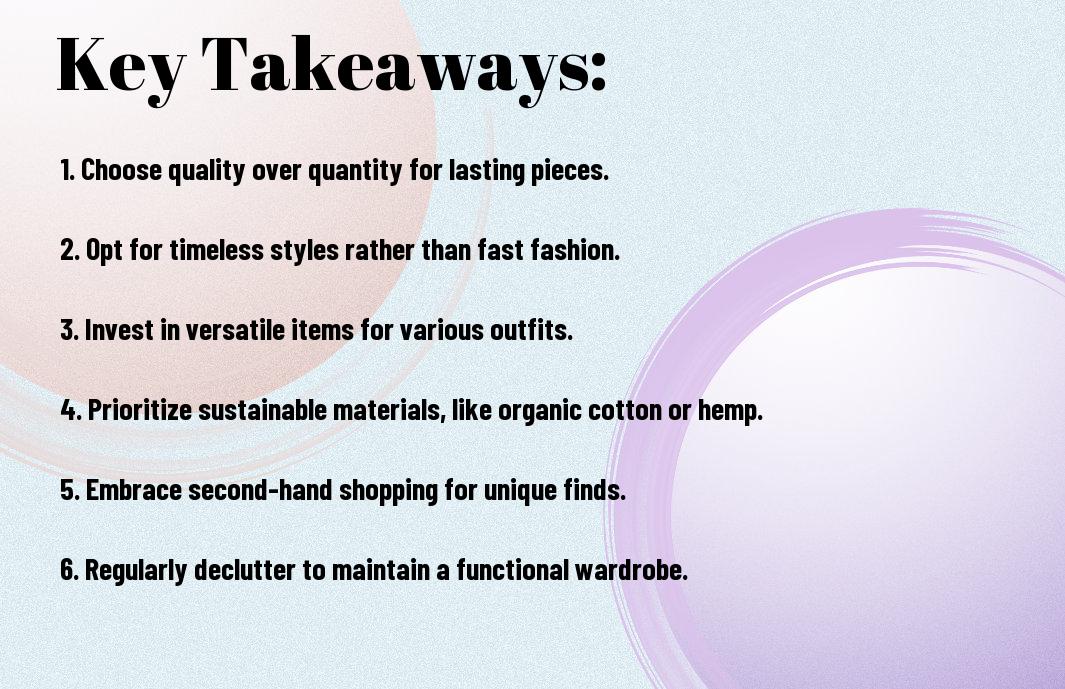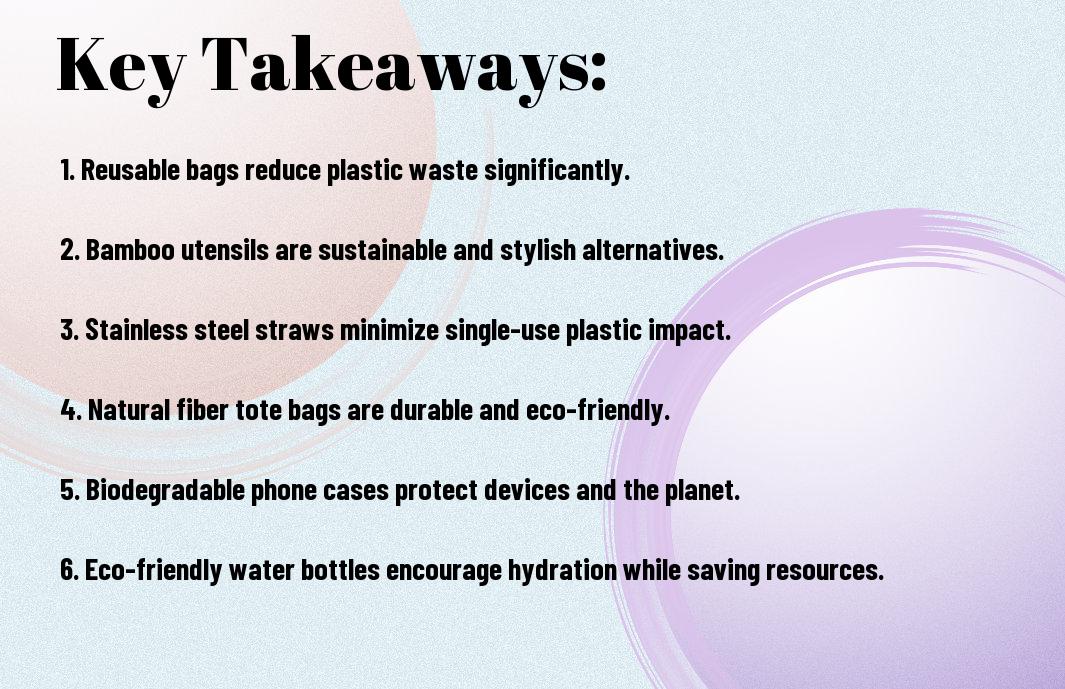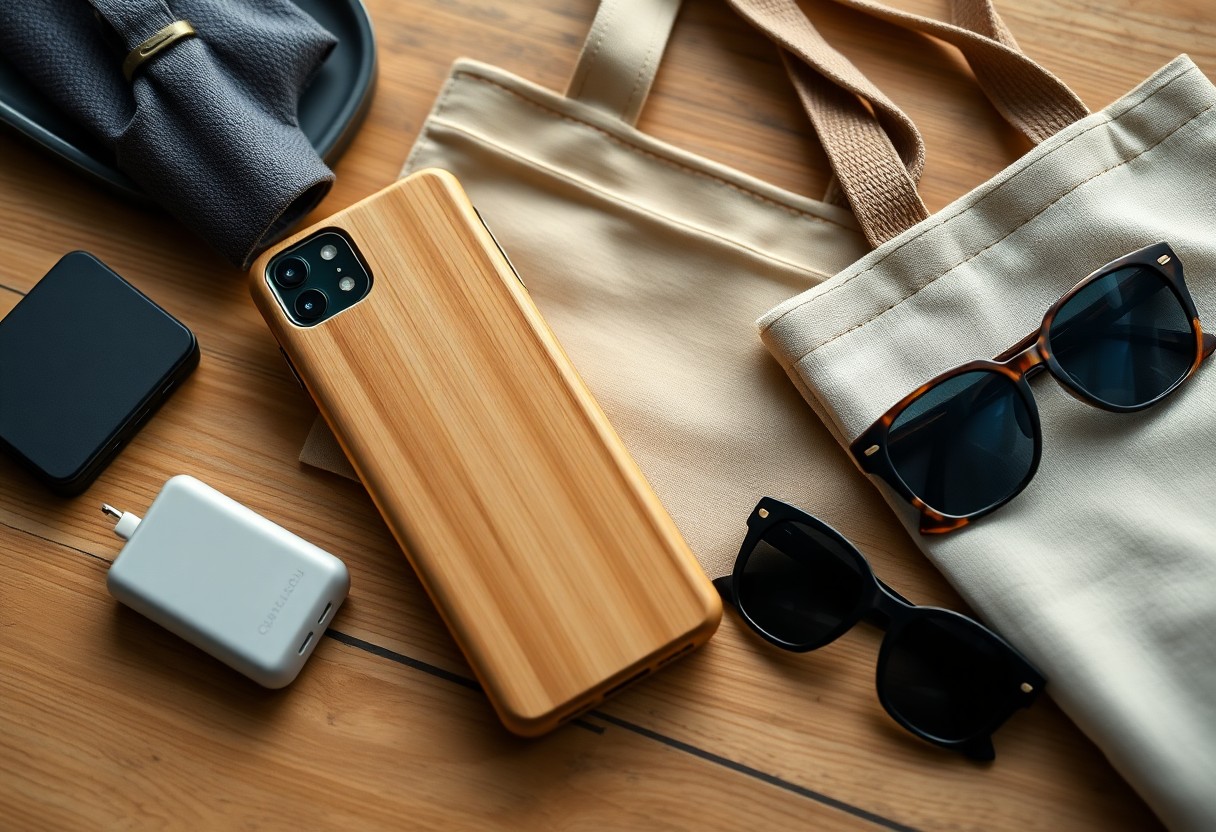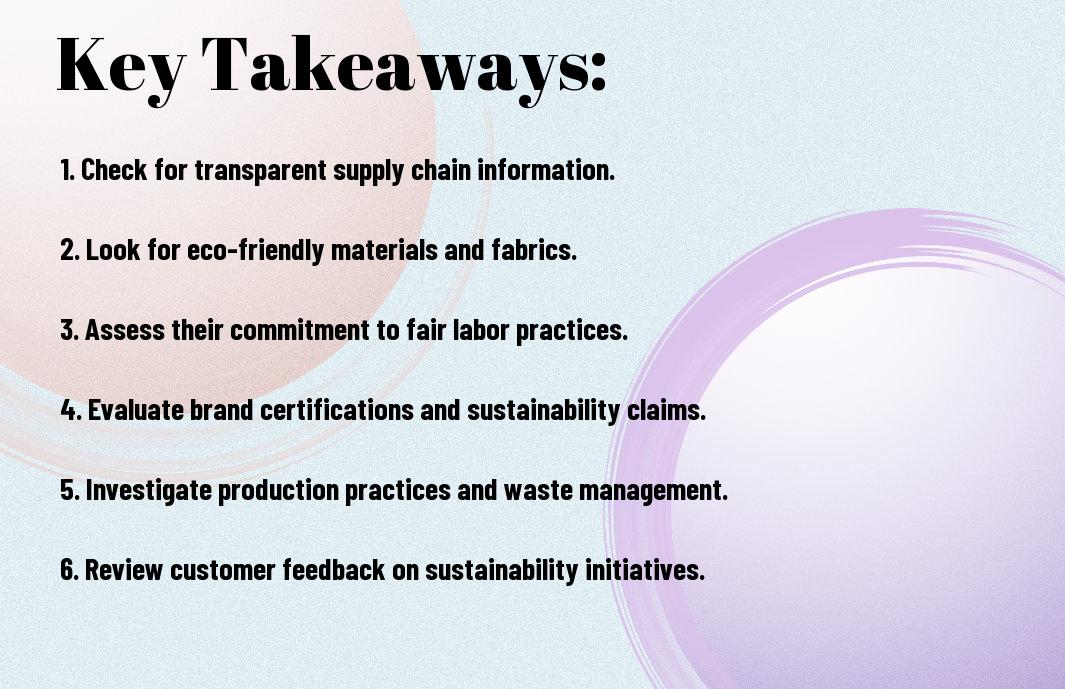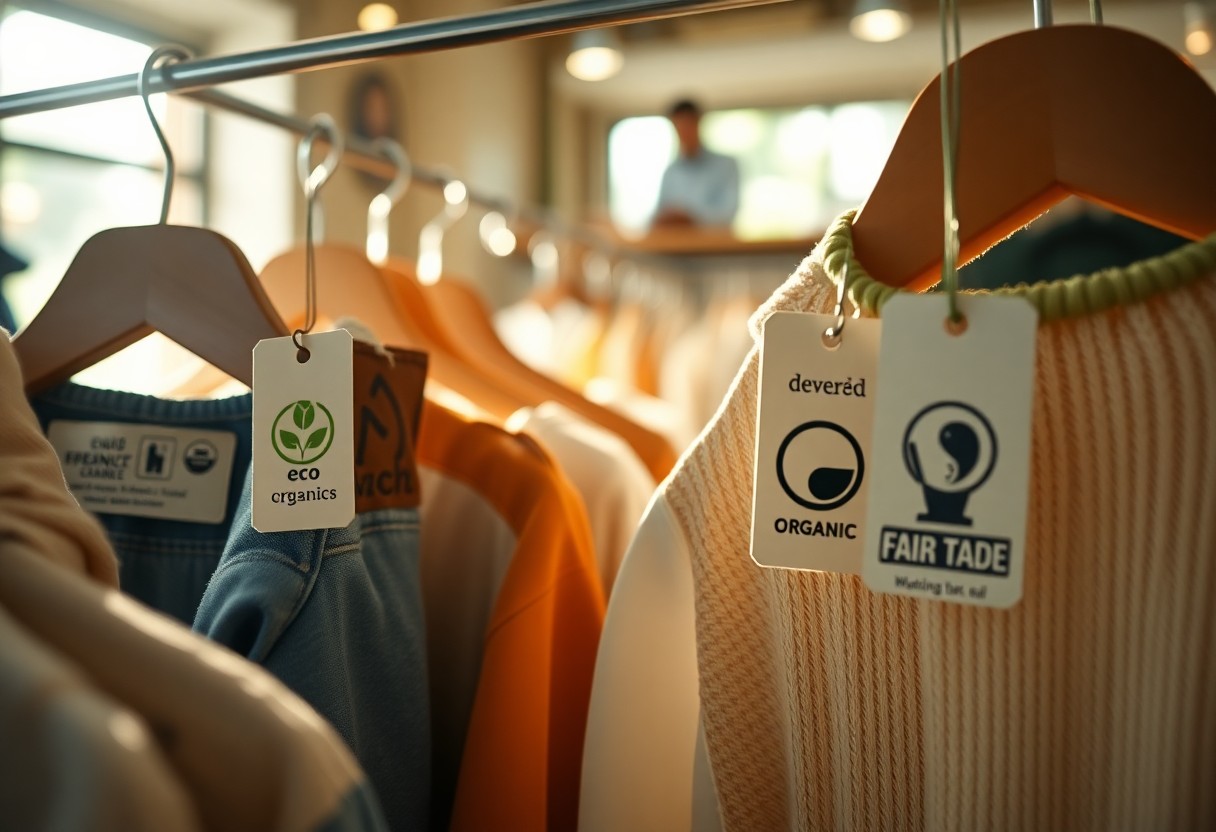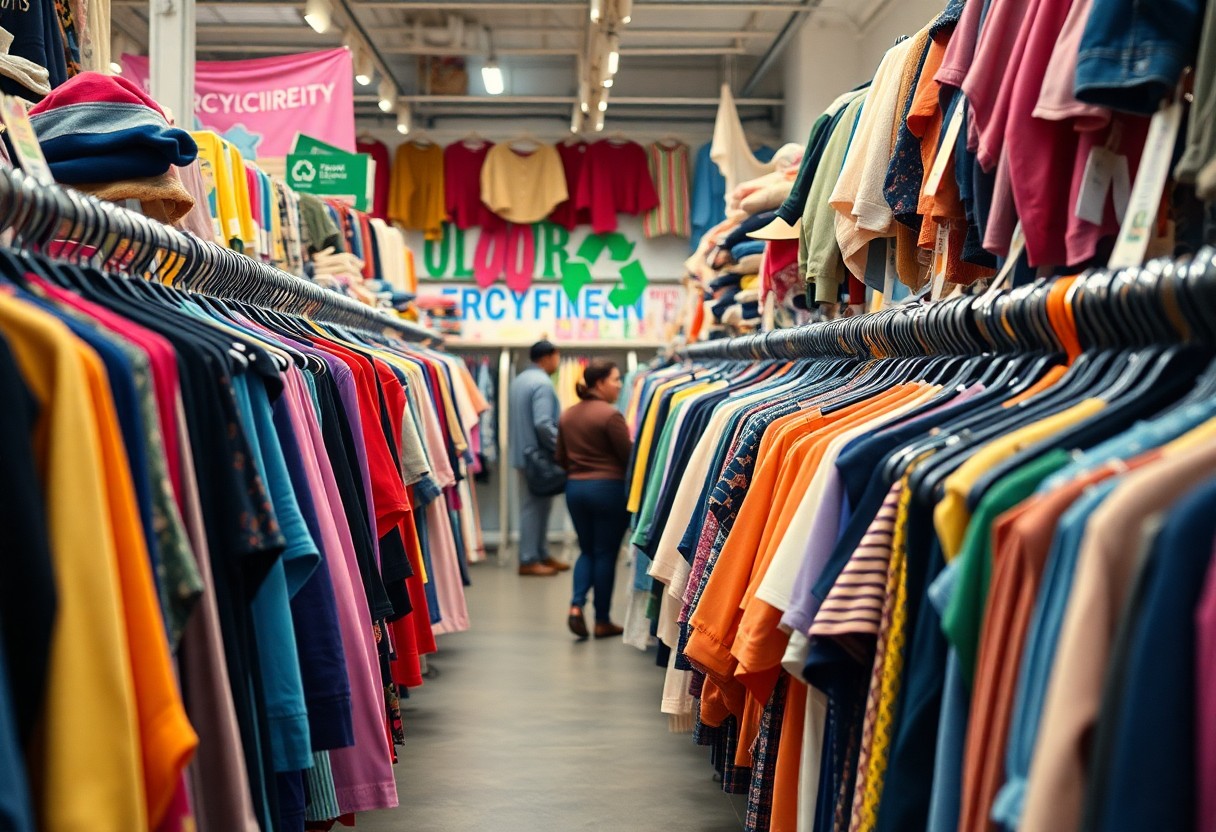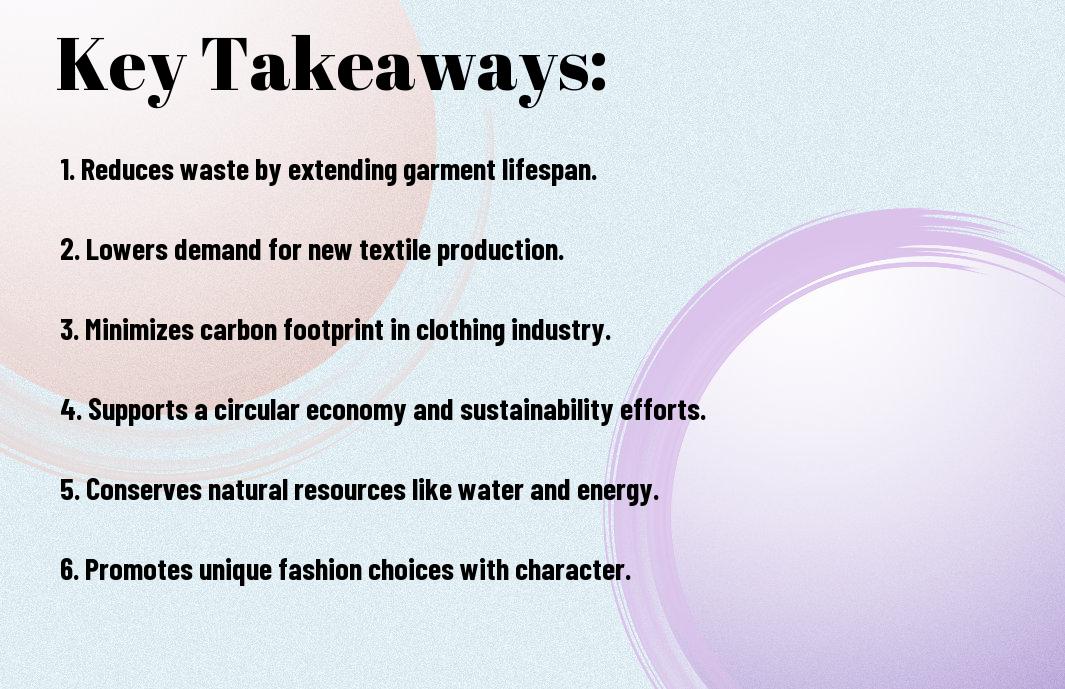As you navigate the world of sustainable fashion, you’re likely looking for brands that align with your values. You want to make a positive impact on the environment with your purchasing decisions. Your choice of clothing can significantly reduce your carbon footprint, and investing in green fashion is a great place to start. You can trust that the brands featured here prioritize the planet, using eco-friendly materials and practices to create stylish, guilt-free clothing for you to enjoy.
Key Takeaways:
To make informed choices in sustainable fashion, consider the following points about the best green fashion brands to shop:
- Look for brands that prioritize eco-friendly materials, such as organic cotton, recycled polyester, and plant-based fabrics, which have a lower environmental impact.
- Choose brands that focus on slow fashion, encouraging customers to buy fewer, higher-quality items that will last longer, reducing the need for frequent purchases and subsequent waste.
- Support brands that adhere to fair labor practices, ensuring that workers are treated with respect and paid a living wage, promoting social responsibility in the fashion industry.
- Consider brands that offer clothing rental services or encourage second-hand shopping, as these models can significantly reduce the amount of new clothing being produced and ultimately discarded.
- Invest in brands that incorporate innovative technologies into their designs, such as upcycling and zero-waste manufacturing, to minimize their carbon footprint and contribute to a more circular economy.
Sustainable Luxury
Your search for high-end fashion that’s also eco-friendly has led you to the right place, where luxury meets sustainability in perfect harmony, offering you the best of both worlds.
High-end eco-friendly designers
Besides the numerous fast-fashion brands, you’ll find designers like Stella McCartney, who offer luxurious and sustainable clothing, ensuring your style is both chic and environmentally conscious, allowing you to make a positive impact with your fashion choices.
Affordable luxury brands with a green twist
After investing in a few high-end pieces, you may also want to explore more accessible options that still offer a touch of luxury and commitment to sustainability, such as outerwear made from recycled materials or clothing produced with environmentally friendly practices, catering to your desire for both quality and affordability.
Further exploration into affordable luxury brands with a green twist will uncover a range of innovative materials and production methods that not only reduce waste but also provide you with stylish, long-lasting pieces that align with your values, making your fashion choices more thoughtful and sustainable.
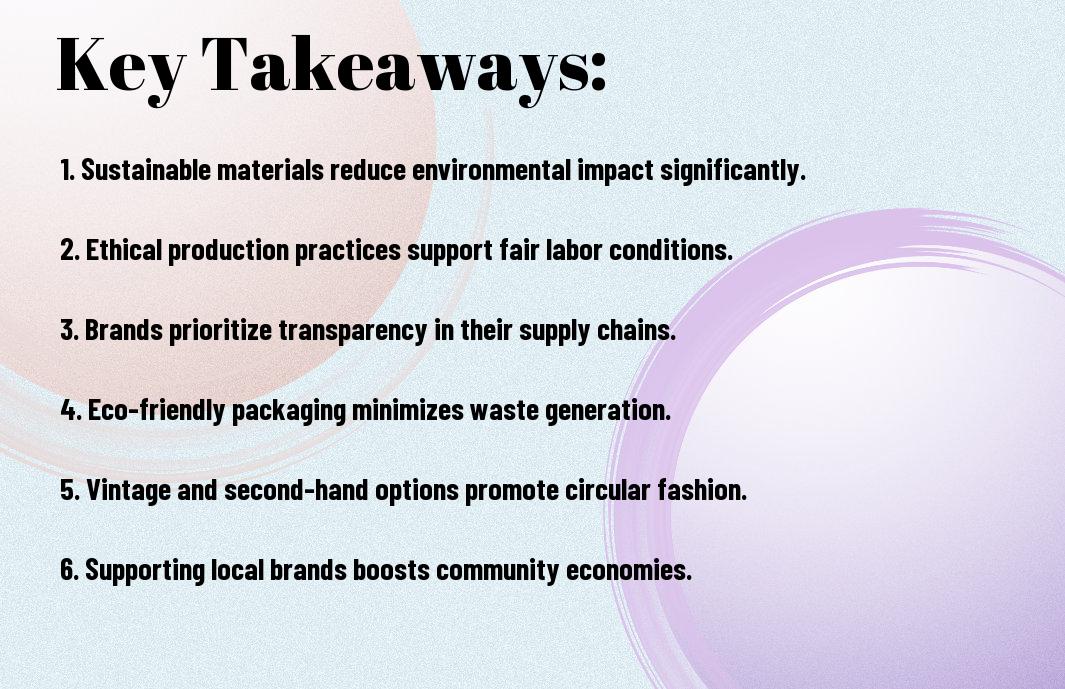
Eco-Friendly Apparel
You can make a difference with your fashion choices by opting for eco-friendly apparel. This category includes a range of sustainable clothing options that minimize harm to the environment.
Brands using recycled materials
Utilizing recycled materials, many brands are creating unique and stylish clothing lines. You can explore these innovative brands to find your perfect fit.
Clothing made from organic fabrics
Opting for organic fabrics is a great way to reduce your environmental footprint. You can choose from a variety of organic materials, such as cotton, hemp, and bamboo, to create your sustainable wardrobe.
Hence, when you invest in clothing made from organic fabrics, you are not only getting a high-quality product, but you are also supporting sustainable farming practices and reducing the amount of toxic chemicals used in traditional farming methods. This choice reflects your commitment to protecting the environment and promoting a healthier ecosystem.
Accessorize with a Conscience
Now that you’re aware of the importance of sustainable fashion, you can make a positive impact with your accessory choices. Look for brands that prioritize the environment and social responsibility, and explore the various options available to you.
Handbags and shoes with a green footprint
Among the numerous eco-friendly options, you’ll find handbags made from recycled materials and shoes crafted with sustainable textiles, allowing you to stay stylish while reducing your environmental footprint.
Jewellery made from sustainable materials
At the forefront of sustainable jewellery are brands using recycled metals, conflict-free diamonds, and environmentally-friendly production methods, enabling you to adorn yourself with a clear conscience.
In addition to the aesthetic appeal, jewellery made from sustainable materials often tells a story of innovation and dedication to a greener future, allowing you to wear your values and inspire others to join the sustainable fashion movement, as you make a thoughtful choice with your purchase, considering the impact on the planet and the people involved in the production process.
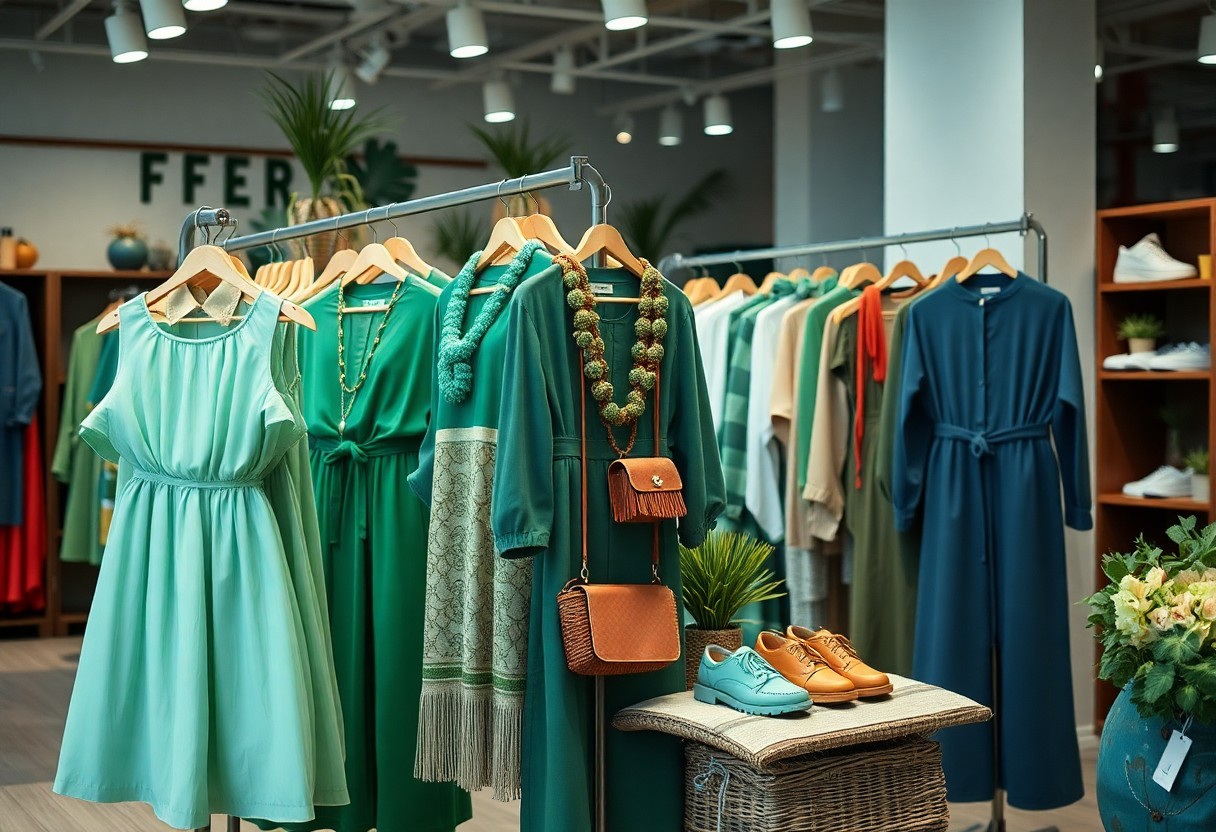
Beauty and Skincare
Not all beauty and skincare products are created equal, and as you make the switch to a more sustainable lifestyle, you’ll want to explore green fashion brands that prioritize the health of your skin and the planet.
Natural and organic skincare brands
Opposite to conventional skincare products, natural and organic skincare brands use ingredients that are gentler on your skin and the environment, making them a great alternative for you to consider.
Eco-friendly makeup and beauty products
Beneath the surface of traditional makeup and beauty products, you’ll find a plethora of harsh chemicals and wasteful packaging, but eco-friendly alternatives offer a more sustainable solution for your beauty routine.
Plus, as you explore deeper into the world of eco-friendly makeup and beauty products, you’ll discover a wide range of innovative brands that not only reduce waste but also promote sustainable sourcing and fair labor practices, allowing you to feel good about your purchasing decisions and the impact they have on your skin and the environment.
Activewear for the Planet
For those who prioritize both fitness and sustainability, you’ll be pleased to know that there are many eco-friendly options available. You can stay active while also reducing your environmental footprint with the right clothing choices.
Sustainable yoga and workout wear
Alongside the growing demand for eco-friendly fashion, you can find a variety of sustainable yoga and workout wear that not only makes you feel good but also does good for the planet. You’ll find brands using recycled materials, organic cotton, and innovative production methods that minimize waste.
Eco-friendly sportswear brands
According to your preferences, you can choose from several eco-friendly sportswear brands that offer high-quality, sustainable products. You’ll find stylish and functional pieces that align with your values and support a healthier planet.
Another aspect to consider when exploring eco-friendly sportswear brands is their commitment to transparency and fairness in their supply chains. You can research the brands’ policies and values to ensure they align with your own, allowing you to make informed purchasing decisions that support both your fitness goals and the well-being of the planet.
Affordable and Budget-Friendly Options
Unlike other options, you can find eco-friendly fashion on a budget. You can explore The Best Sustainable Fashion Brands | 100+ Ethical Brands for inspiration.
Second-hand and vintage shopping
BudgetConsciously, you can opt for second-hand and vintage shopping to reduce waste and save money, making your style more sustainable.
Budget-friendly green fashion brands
Fashionably, you can choose from many affordable green fashion brands that offer stylish and eco-friendly options, allowing you to upgrade your wardrobe without breaking the bank.
In fact, you have a wide range of budget-friendly green fashion brands to choose from, offering a variety of styles and prices, so you can find the perfect fit for your taste and budget, making it easier for you to make a positive impact on the environment with your fashion choices.
Conclusion
Ultimately, you can make a positive impact on the environment by choosing to shop from the best green fashion brands. You have the power to reduce your carbon footprint and support sustainable practices. By investing in your wardrobe with eco-friendly brands, you are promoting a healthier planet and setting a great example for others to follow, influencing your community with your purchasing decisions, and contributing to a more environmentally conscious future with your style choices.
FAQ
Q: What are some of the best green fashion brands to shop from for sustainable clothing?
A: Some of the best green fashion brands to shop from for sustainable clothing include Patagonia, Reformation, and Everlane. These brands prioritize environmentally-friendly materials, reduce waste, and implement sustainable manufacturing practices. Patagonia is known for its use of recycled materials, Reformation focuses on energy efficiency and waste reduction, and Everlane emphasizes transparency in its supply chain and manufacturing processes.
Q: How can I determine if a fashion brand is truly committed to green and sustainable practices?
A: To determine if a fashion brand is truly committed to green and sustainable practices, look for certifications such as GOTS (Global Organic Textile Standard) or Bluesign, which ensure the use of organic materials and safe manufacturing processes. You can also check the brand’s website for information on their sustainability initiatives, supply chain transparency, and environmental policies. Additionally, consider the brand’s overall mission and values to see if they align with your own expectations for green fashion.
Q: Are green fashion brands more expensive than traditional fashion brands, and is the extra cost worth it?
A: Green fashion brands can sometimes be more expensive than traditional fashion brands due to the higher cost of sustainable materials and manufacturing practices. However, the extra cost is often worth it for the positive impact on the environment and the longevity of the clothing. Sustainable clothing is often made with higher-quality materials and constructed to last longer, reducing the need for frequent purchases and waste. Moreover, investing in green fashion supports brands that prioritize environmental responsibility and ethical labor practices, contributing to a more sustainable fashion industry as a whole.
